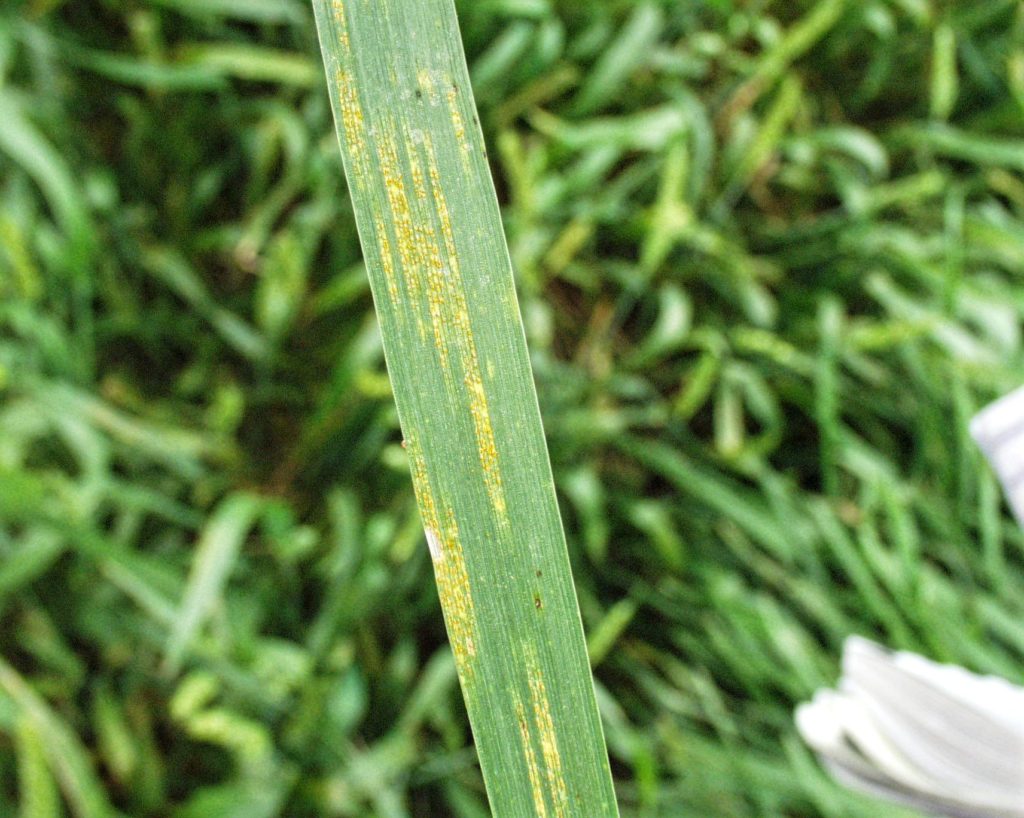Looking at leaves to peer into the future might seem the stuff of superstition, but is actually the essence of research conducted by scientists from Texas A&M AgriLife and the University of Southern California.
“Our study was based on observations that the more successful crops in areas typically affected by drought are usually protected by a thicker layer of leaf wax than other plants,” said Dr. Xuejun Dong, Texas A&M AgriLife Research crop physiologist and a corresponding author for the study, Uvalde. “We’re hoping this research will help wheat breeders add to the arsenal of traits they select for drought-tolerant wheat.”
Dong had previously made observations on the leaf surface features of dozens of desert plants in Central Asia, including observations of leaf cuticle and wax, but had not yet done in-depth research on the leaf wax of annual field crops such as wheat.
In this research, Dong was joined by other Texas A&M scientists, including Dr. Amir Ibrahim, AgriLife Research, and Dr. Clark Neely, Texas A&M AgriLife Extension Service, both in College Station; Dr. Daniel Leskovar and study first-author Xiuwei Liu, both with AgriLife Research in Uvalde; and Dr. Qingwu Xue and Thomas Marek, both with AgriLife Research in Amarillo.
https://today.tamu.edu/2015/07/30/can-drones-help-farmers-grow-better-crops/
The other corresponding author for the study was Dr. Sarah Feakins, associate professor of earth sciences at the University of Southern California’s Dornsife College of Letters, Arts and Sciences. Funding was provided by AgriLife Research and the Texas Wheat Producers Board.
“Leaf wax creates a boundary between the plant leaf and the atmosphere and reflects the plant’s adaptation and response to environmental stresses, including drought,” Dong said. “Ideally, water loss through a plant’s cuticle layers should be minimized for plants to conserve water in terrestrial environments.
“We were interested in learning about leaf wax and its value in influencing the water permeability of plant epidermal cells. We also wanted to learn about how wax might be related to crop tolerance to heat.”
The researchers examined plant wax traits and responses to the environment in irrigated winter wheat, a common agricultural monocot. They quantified the concentration of one main component of leaf wax alkanes, as well as leaf water-use efficiency through carbon isotopic composition.
An abstract of the study, published in the Organic Geochemistry journal, can be found at http://bit.ly/2w1ZaLn.
“The goal was to identify those traits that would better allow wheat to grow in areas with limited water resources and harsh weather conditions and still produce adequate yields,” Dong said. “Being able to identify and breed more drought-tolerant crops will be even more important in the future as we try to feed a growing world population on less available agricultural land and fewer water resources.”
###
Continue reading this story by Paul Schattenberg on AgriLife Today.




